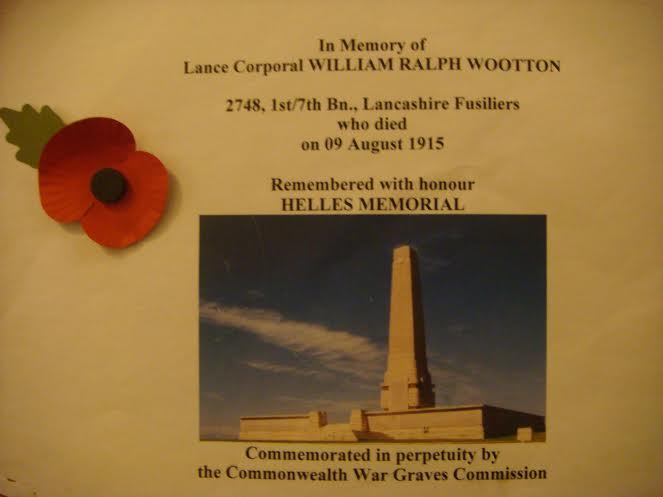 I know what you are thinking. It’s Dave, right? Well, no. There is no evidence Prime Minster David Cameron has avoided tax. Not so one of his predecessors. In fact, one of the most well thought of Prime Ministers earned a fortune and used his power to dodge tax.
I know what you are thinking. It’s Dave, right? Well, no. There is no evidence Prime Minster David Cameron has avoided tax. Not so one of his predecessors. In fact, one of the most well thought of Prime Ministers earned a fortune and used his power to dodge tax.
Winston Churchill made a substantial amount of money but he conspired with the chairman of the Inland Revenue to cut his tax bill. The Inland Revenue have two thick files on Churchill, but no one found out about his tax dodging when Churchill was alive. In fact, the only newspaper I have read about it in is the amazing Sunday Times. In an article written by David Lough, author of No More Champagne: Churchill And His Money.
You only have to read Churchill’s archive to find out that Churchill was not as patriotic as one would think. He was happy to pay tax for the first 40 years of his life, even supporting Lloyd George’s introduction of a super-tax. But as soon as he was rich enough to be affected by it he seemed to change his mind.
When Churchill was Chancellor of the Exchequer in 1924 he owed £400,000 in todays money but could not pay. He personally called on the Inland Revenue Chairman Richard Hopkins who sorted the issue out for him. Hopkins went off and found out that if Churchill retired as an author on the last day of the tax year, fees paid the following year could be treated as capital receipts not income. Capital receipts were not taxed. Churchill did so.
This was not the last time he called Hopkins to his office and Churchill resumed writing. He dodged much more tax and the Inland Revenue barely put up a fight. In 1945 he made £6 million from selling film rights to his books, all of which went untaxed. The IRS would not have any of it however, and Churchill’s executors had to settle with the American tax authorities after his death.
What do you think? Did you know that Churchill dodged tax?











